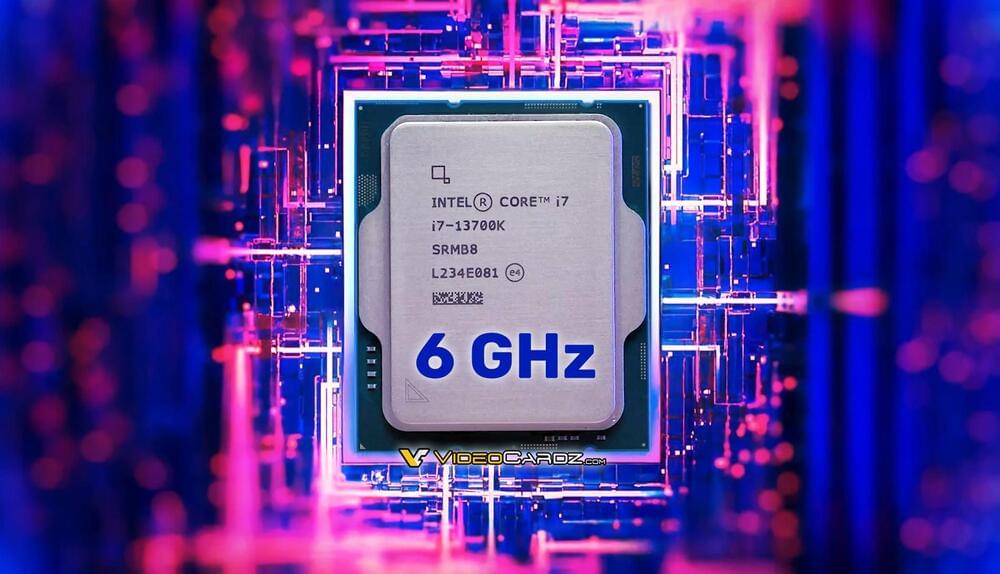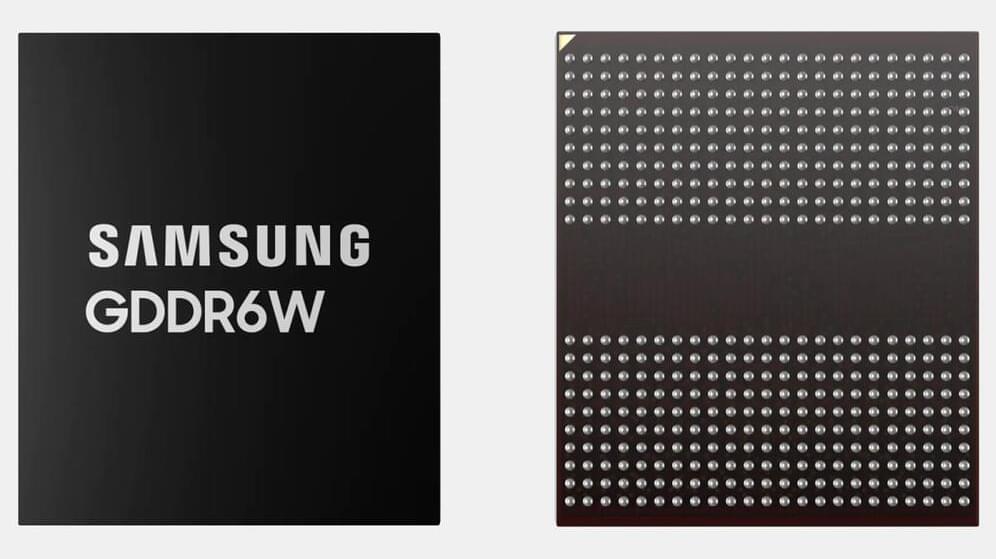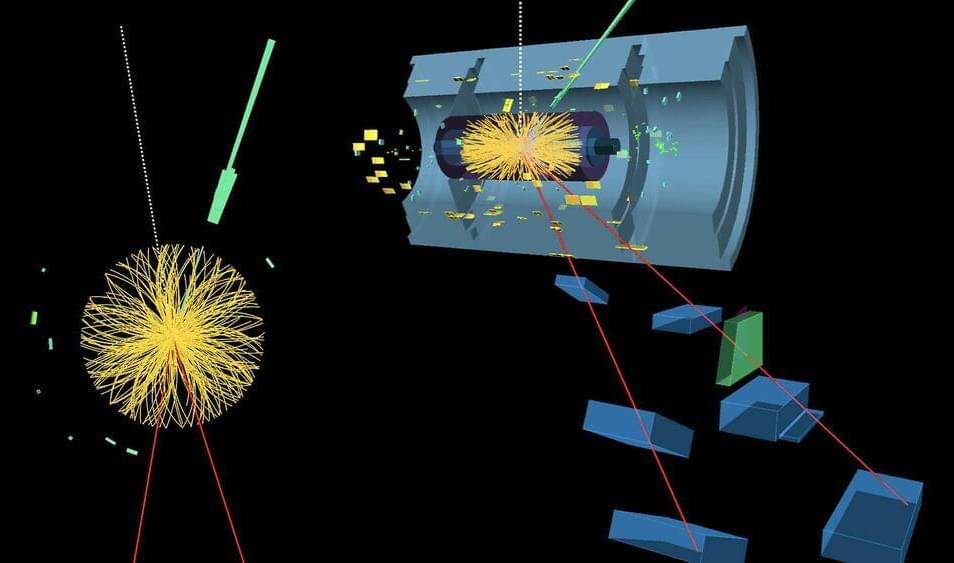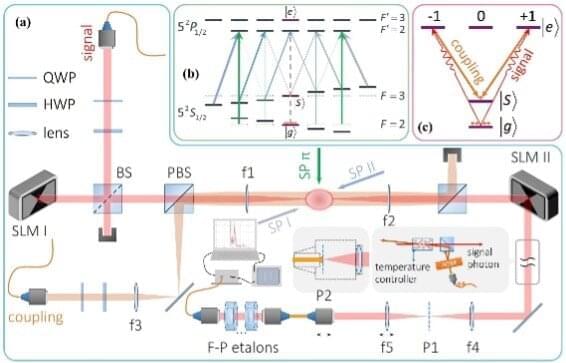
November 28th, 2022 – GIGABYTE TECHNOLOGY Co. Ltd, a leading manufacturer of motherboards, graphics cards, and hardware solutions, today announced to extend the instant 6GHz technology designed for Intel® Core™ i9-13900K and Core™ i7-13700K processors to the Z690 platform. By simply upgrading the latest BIOS of Z690 motherboards and activating the relevant settings, users can optimize their Intel® Core™ i9-13900K and Core™ i7-13700K processors to 6GHz for the performance boost on single-core up to 3%. This enables users who stay with the existing Z690 platform can enjoy the performance enhancement of the new CPU as well.
The latest Intel® 13th gen processor has impressed users with its class-leading performance. GIGABYTE’s Instant 6GHz on the Z790 platform was renowned for unleashing the performance of Intel® Core™ i9-13900K and Core™ i7-13700K processors for users in an easier way and is now employed on the Z690 platform. By simply upgrading the latest BIOS with Instant 6GHz activated, the system can automatically tweak CPU voltage and Vcore Load Line Calibration of Intel® Core™ i9-13900K and Core™ i7-13700K processors to detect the most two optimized cores running at 6GHz frequency. This further delivers a 3% performance boost on one single core like the Z790 platform.
GIGABYTE motherboards are notable for their exclusive VRM design, thermal design, and fine-tuning for convenience. To provide a superior user experience and maximum benefits to users, GIGABYTE brings Instant 6GHz technology to the Z690 platform for those who use Intel® 13th gen processor without upgrading to Z790 motherboards can also get a performance boost with ease.

















